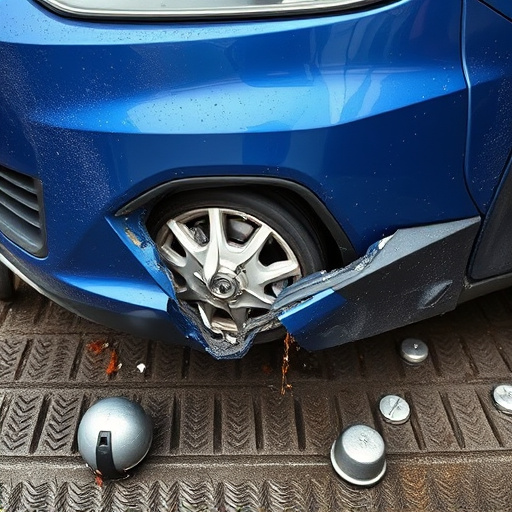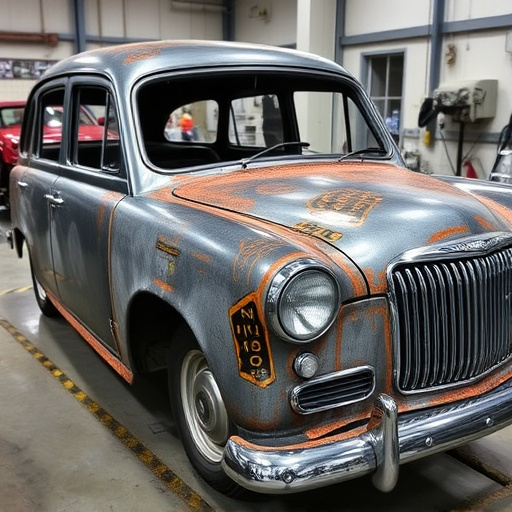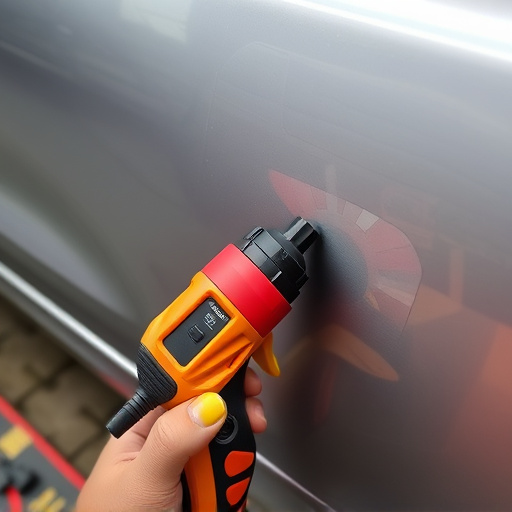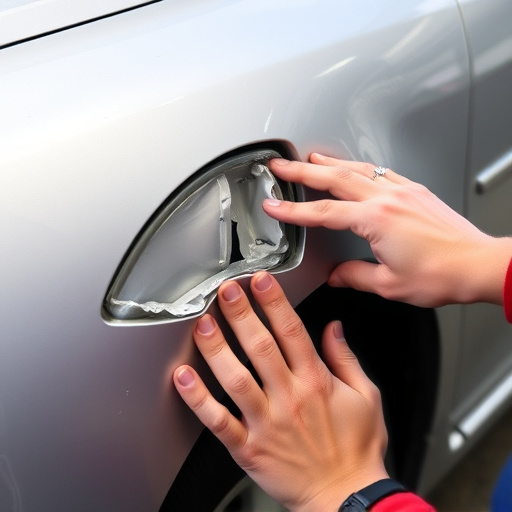The practice of auto salvage, particularly recycling salvage auto body parts, significantly contributes to environmental sustainability by reducing demand for new raw resources, lowering waste, and conserving energy compared to manufacturing new parts. This industry disassembles, sorts, and redistributes used components to workshops for repair, thereby decreasing the automotive industry's environmental footprint through lower emissions related to manufacturing and transportation. Salvaged auto body parts play a crucial role in minimizing the industry's impact, fostering a circular economy that conserves resources, reduces waste, offers cost advantages, and ensures a stable supply of auto parts. Technological advancements have further improved the quality of these recycled parts, ensuring they meet safety standards.
Salvage auto body parts play a crucial role in environmental conservation, offering a sustainable solution to the ever-growing issue of automotive waste. This article explores the profound impact of auto salvage on recycling and resource preservation. By utilizing salvaged parts, we significantly reduce the environmental footprint associated with manufacturing new components, minimizing waste and promoting a greener approach to car repairs and reconstruction. Join us as we delve into the world of salvage auto body parts and their vital role in fostering sustainable practices within the automotive industry.
- The Impact of Auto Salvage on Recycling and Resource Conservation
- Reducing Environmental Footprint: How Salvage Parts Minimize Waste
- Sustainable Practices in the Auto Industry: The Role of Salvage Body Parts
The Impact of Auto Salvage on Recycling and Resource Conservation

The practice of auto salvage, specifically focusing on recycling salvage auto body parts, plays a pivotal role in promoting environmental sustainability. By utilizing recovered materials from damaged or written-off vehicles, this industry significantly reduces the demand for new raw resources. The process involves carefully disassembling cars, sorting and categorizing various components, and then redistributing these parts to workshops and garages for use in car damage repair and automotive collision repair. This not only minimizes waste but also conserves energy that would otherwise be required to manufacture new body parts from scratch.
Moreover, salvaging auto body parts contributes to a circular economy where resources are continually reused and repurposed. This approach diminishes the environmental footprint of the automotive industry by reducing emissions associated with manufacturing and transportation. In essence, it encourages a culture of sustainability within the car repair services sector, fostering a more eco-friendly approach to vehicle maintenance and restoration.
Reducing Environmental Footprint: How Salvage Parts Minimize Waste

Salvage auto body parts play a pivotal role in reducing an industry’s environmental footprint. By utilizing parts from damaged or wrecked vehicles, the need for new manufacturing processes is significantly diminished. Traditional car production involves extracting raw materials, refining them, and fabricating components, all of which contribute to energy consumption and greenhouse gas emissions. This process creates a substantial carbon trail that salvage practices help mitigate.
When a vehicle undergoes frame straightening, vehicle dent repair, or car scratch repair, the salvaged parts can be reused, recycled, or remanufactured for new cars. This circular economy approach not only conserves resources but also reduces waste ending up in landfills. It’s a sustainable solution that not only benefits the environment but also promotes cost-effectiveness and ensures a steady supply of auto parts to meet demand without straining natural resources.
Sustainable Practices in the Auto Industry: The Role of Salvage Body Parts

The auto industry has long been associated with environmental challenges due to high resource consumption and waste generation. However, a shift towards sustainability is gaining traction, and salvage auto body parts play a pivotal role in this transformation. By utilizing recycled and reused components, the industry can significantly reduce its ecological footprint. Salvage body parts offer an eco-friendly alternative to new parts manufacturing, as they divert materials from landfills and conserve natural resources.
This practice not only benefits the environment but also contributes to cost savings for consumers and collision repair shops. For instance, fender repair using salvaged parts can be a more affordable and efficient solution compared to ordering brand new ones. Moreover, with advancements in technology, the quality of salvage auto body parts has improved, ensuring they meet safety standards and often offering comparable performance to original equipment. This trend towards sustainability is a game-changer, creating a more circular economy within the automotive sector.
Salvage auto body parts play a pivotal role in promoting environmental sustainability within the automotive industry. By recycling and reusing components from retired vehicles, we significantly reduce waste, conserve valuable resources, and minimize the energy demands associated with manufacturing new parts. This eco-friendly approach not only helps to mitigate the environmental footprint of the automotive sector but also contributes to a more circular economy, where resources are efficiently utilized and reused. Adopting sustainable practices through salvage body parts is a step towards a greener future, ensuring that our planet remains protected while we fulfill our transportation needs.













